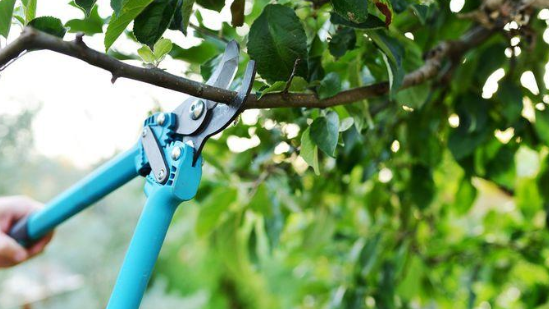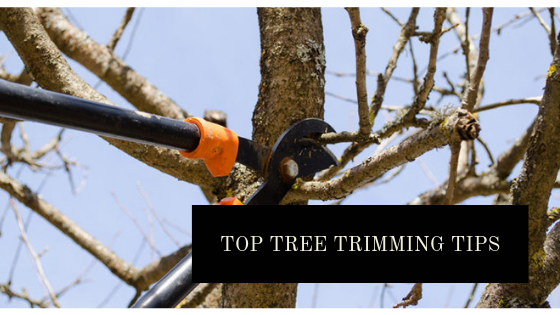Trimming and removal of trees can be risky. The larger the tree, the more dangerous it is to remove or trim. Professional tree removers combine years of experience with advanced equipment to help you trim your trees professionally and on time. It can be tough for average homeowners to know when their trees need to be trimmed. Besides the tree’s appearance, a homeowner may not know when the tree needs to be pruned. However, there are plenty of benefits associated with an overall crown reduction or fine pruning.
Eliminating dead and dried branches improves the health of your trees. Large branches often pose safety concerns, and removing them reduces the risk of damaging your property or family. That helps you protect your tree from further decay.
Pruning enhances the structure of a tree
Tree trimming also improves the structure and overall appearance of the tree. Trimming ensures your tree doesn’t develop weak or broad branches. Tree trimming also ensures that tree limbs don’t grow with weak crotches. Again, tree branches don’t cross each other as they compete for space in the crown.
Standard pruning enhances the tree’s branch structure while fine pruning helps improve the appearance of the tree. Experts recommend hazard trimming for trees that pose safety concerns. It involves the removal of branches that pose safety concerns. Conversely, crown reduction pruning involves the removal of large branches. It is necessary only when there is significant storm damage or when tree branches interfere with power lines.
Pruning improves circulation
Tree trimming increases air circulation and sun exposure throughout the tree. If you allow the air to circulate throughout the underlying landscape, the overall health of your trees improves. Sunscald often affects leafless deciduous trees. Therefore, trim your leafless deciduous trees during the winter to protect them from sun-scald. Trimming fruit trees improves the quality and size of the fruits. Pruning fruit trees in late winter exposes the center of the tree to sunlight.
Pruning ensures better aesthetics
Experts at Smyrna Tree Removal recommend newly planted trees be regularly pruned to shape them. Pruning also helps compensate for root loss. Furthermore, tree pruning opens up your home; thus, improving its view. Tree pruning should be done at different times of the year. You should prune flowering trees in early spring before they start growing. Pruning fruit trees in late winter creates a shapely foundation before they get their new growth in spring. Pruning also exposes the center of the fruit tree to sunlight. You should remove dried or dead branches from your tree immediately you see them.
What is the best time to prune trees? Tree pruning during the winter allows a burst of new growth once spring return. In fact, it results in more mature appearance for your tree. If you want to prune your tree during the winter, it is recommendable to wait until the coldest season ends. It would be a good bet to trim your trees in late January or early February. If you want to slow branch growth, pruning trees during the summer can be a great idea. That’s a perfect opportunity to strengthen branches that are drooping because of heavy leaves.
Now that you understand the benefits if tree pruning, you ought to hire an expert to do it. Ensure that it is pruned during the most recommended times of the year. Also, avoid DIY, as you might get hurt.







